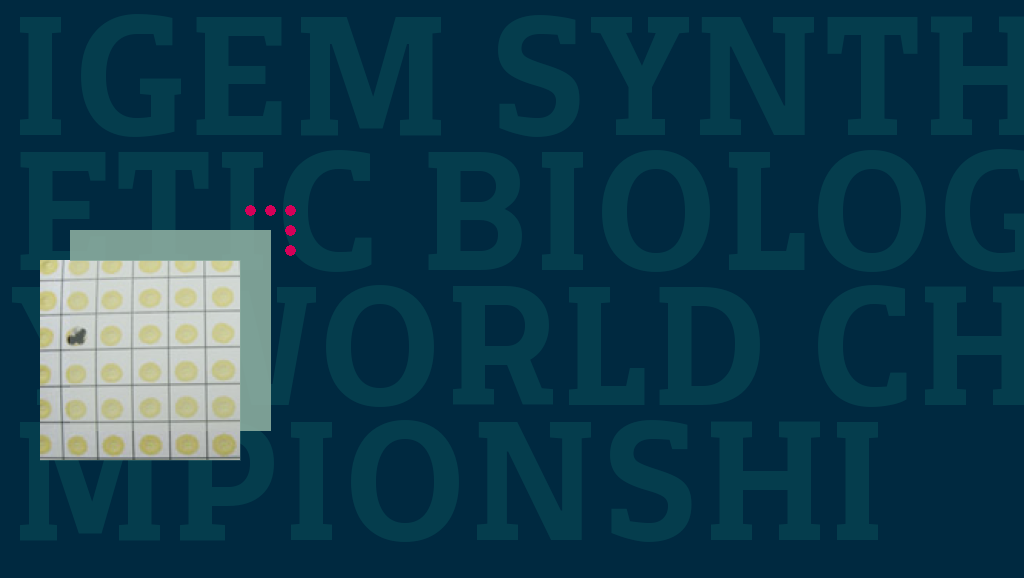Last weekend saw MIT in Cambridge Massachusetts Host the 2011 iGEM World Championship Jamboree. The Jamboree took place over 3 days, from 5th to 7th of November, and for the eighth consecutive year prizes were given for synthetic biology projects.
iGem is the International Genetically Engineered Machine Foundation, a foundation that is interested in synthetic biology. The annual Jamboree included a competition, with participants being given a kit of biological parts at the beginning of the summer from the Registry of Standard Biological Parts that they use to build biological systems and operate them in living cells.
The competition is seen as a teaching incentive, and 165 teams from across the globe participated this year. The weekend also featured a series of workshops that addressed issues such as addressing biosecurity in synthetic biology, entrepreneurship and the work of NASA.
Competition finalists included a project from MIT that tackles the problem of organ and tissue shortage by examining the synthetic biology approach of tissue self-construction, the first runner up from Imperial College London that proposed a synthetic biology solution to the problem of desertification, and second runner up from ZJU China, who created biofilms that can create sugar or glue, and also the eventual winners from the University of Washington.
The Washington project deals with diesel production and gluten destruction. Their first focus is on producing bio diesel and in their presentation they explained how they had managed to convert sugar into diesel. Their second focus is gluten degeneration, and their aim is to redesign Kumamolisin and break down gluten at a low temperature.
The iGEM blog has details of all the presentations, and the main website contains a list of all the awards presented on both a regional and worldwide level, video of the awards ceremonies and much more.
From next year the competition will include an entrepreneurship division to add to the high school and software divisions, further expanding eligibility and broadening the framework of team contribution.
Synthetic biology however remains a controversial science. Scientists argue that competitions such as the one described above empower students, that the techniques somehow lead to a democratization of the scientific process. Critics however argue for caution. President Barak Obama himself asked The Presidential Commission For The Study Of Bioethical Issues to prepare a report (published late last year and available here) looking into how the government might regulate such practices. The report calls for “an ongoing process of prudent vigilance that carefully monitors, identifies, and mitigates potential and realized harms over time” and includes a chapter entitled Intellectual Freedom and Responsibility that makes for an interesting and informative read.
The topic of synthetic biology has also been addressed several times on this website. The following links offer a flavor of the debate as represented here, but is in no way meant to be exhaustive.
In July 2009 Jonathan Hankins provided us with the article entitled ‘An Introduction to Synthetic Biology’ in which he explains what practitioners actually do in their work.
In October 2009 we posted an article entitled ‘An Ethics For Emerging Technologies’ that includes a link to the Synthetic Biology Project website and publication entitled ‘Ethical Issues in Synthetic Biology’.
In January of this year (2011) in a post about The Royal Society we find a link to one of their publications entitled ‘Symposium on ‘Opportunities and challenges in the emerging field of synthetic biology’ and on this host page we find another link to a report entitled ‘Transnational governance of Synthetic Biology‘ published in May 2011.
In September of the same year we reviewed the Science journal special edition on synthetic biology.
———————
(photo: photo Synthetic Biology Research at NASA Ames by Alexander van Dijk from Flickr)
















